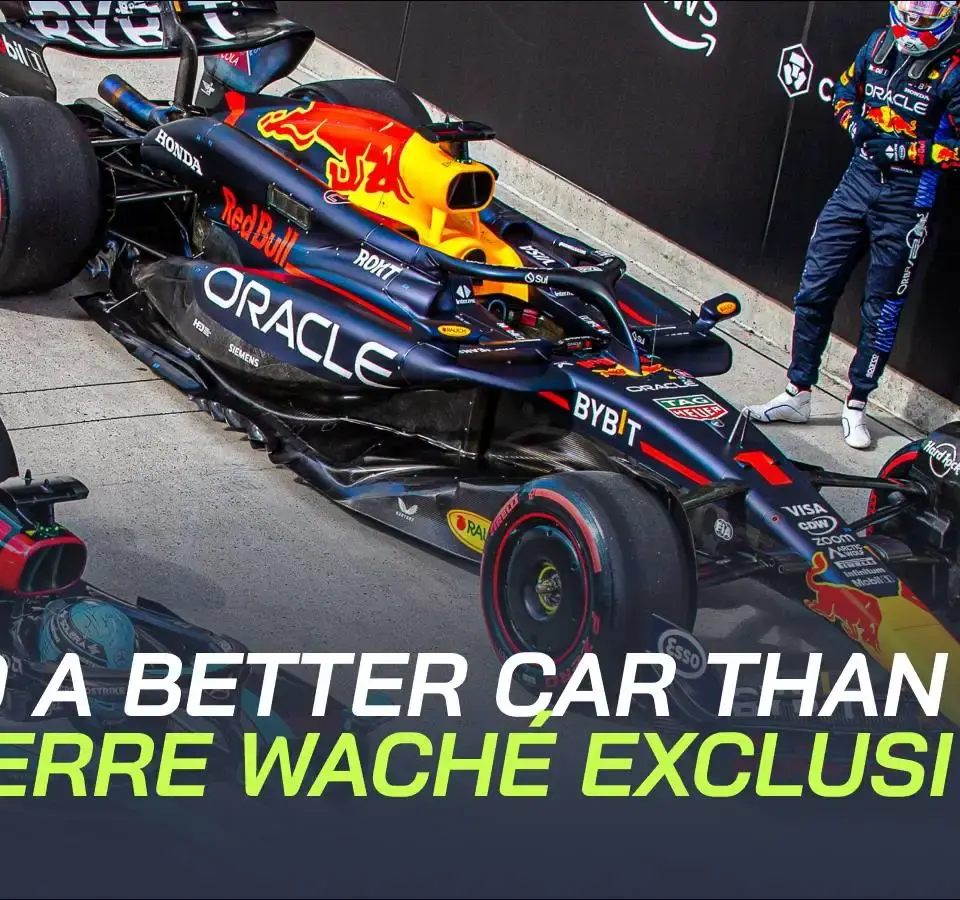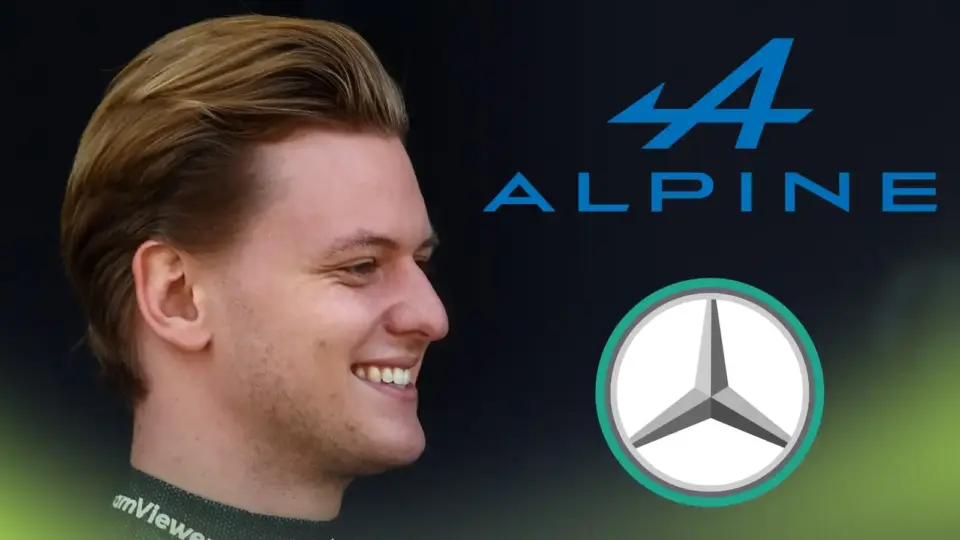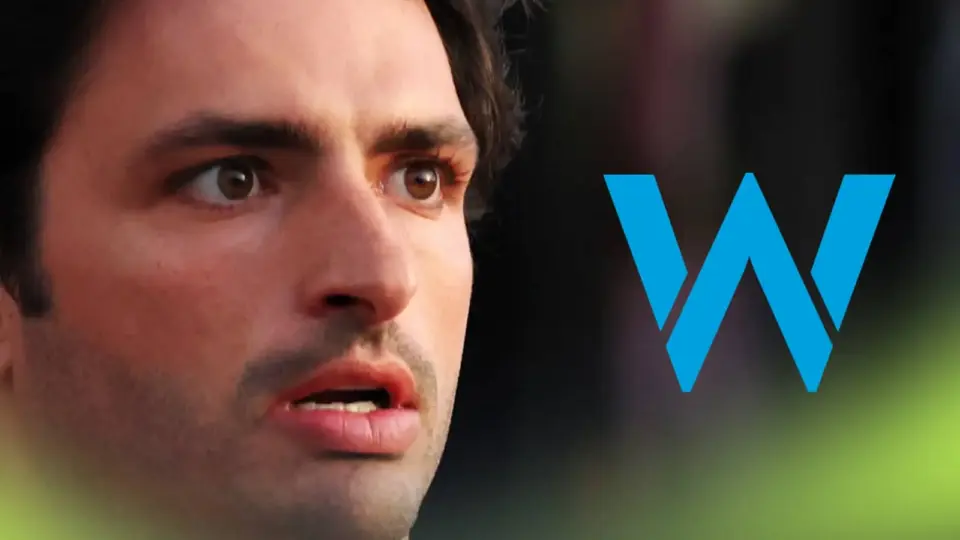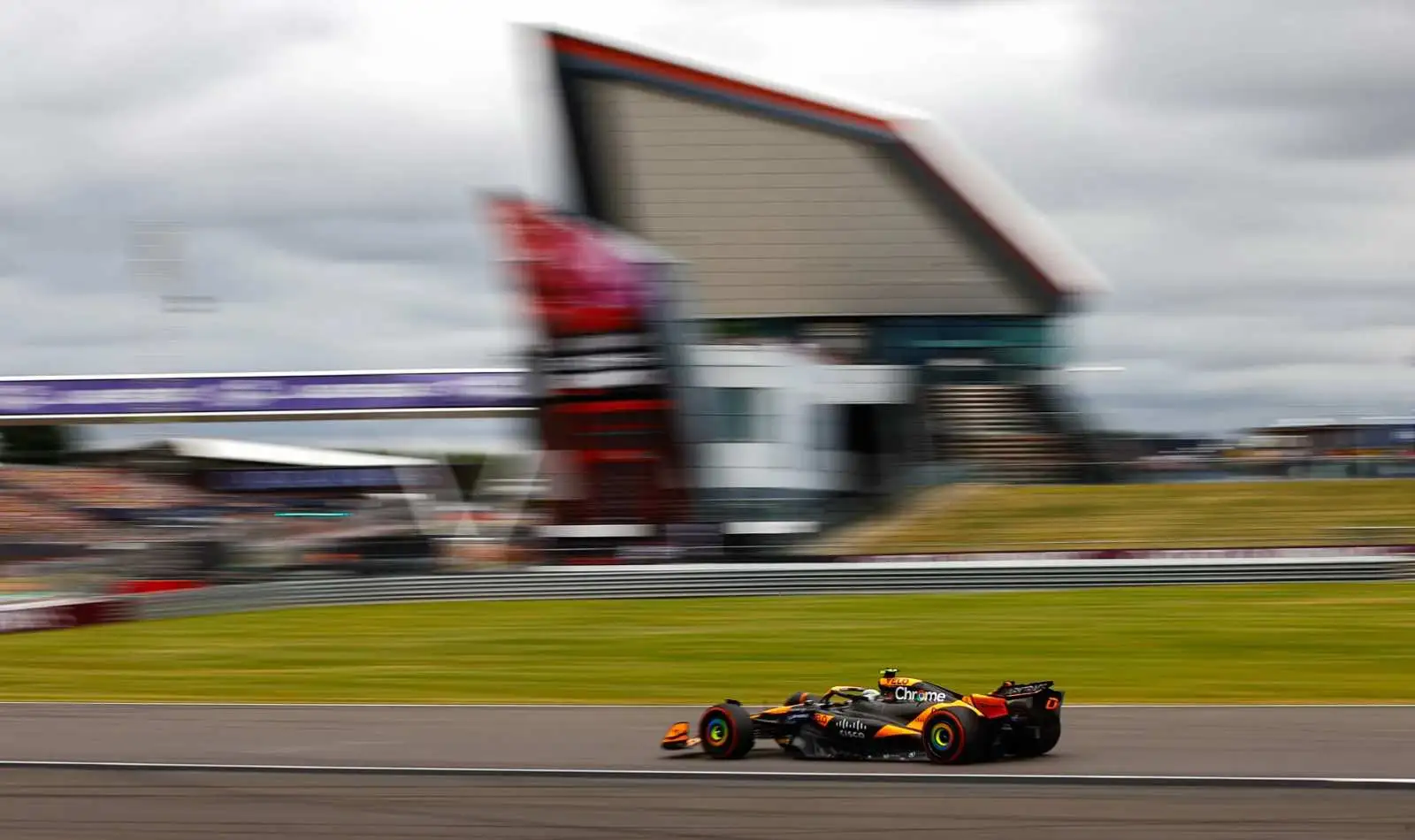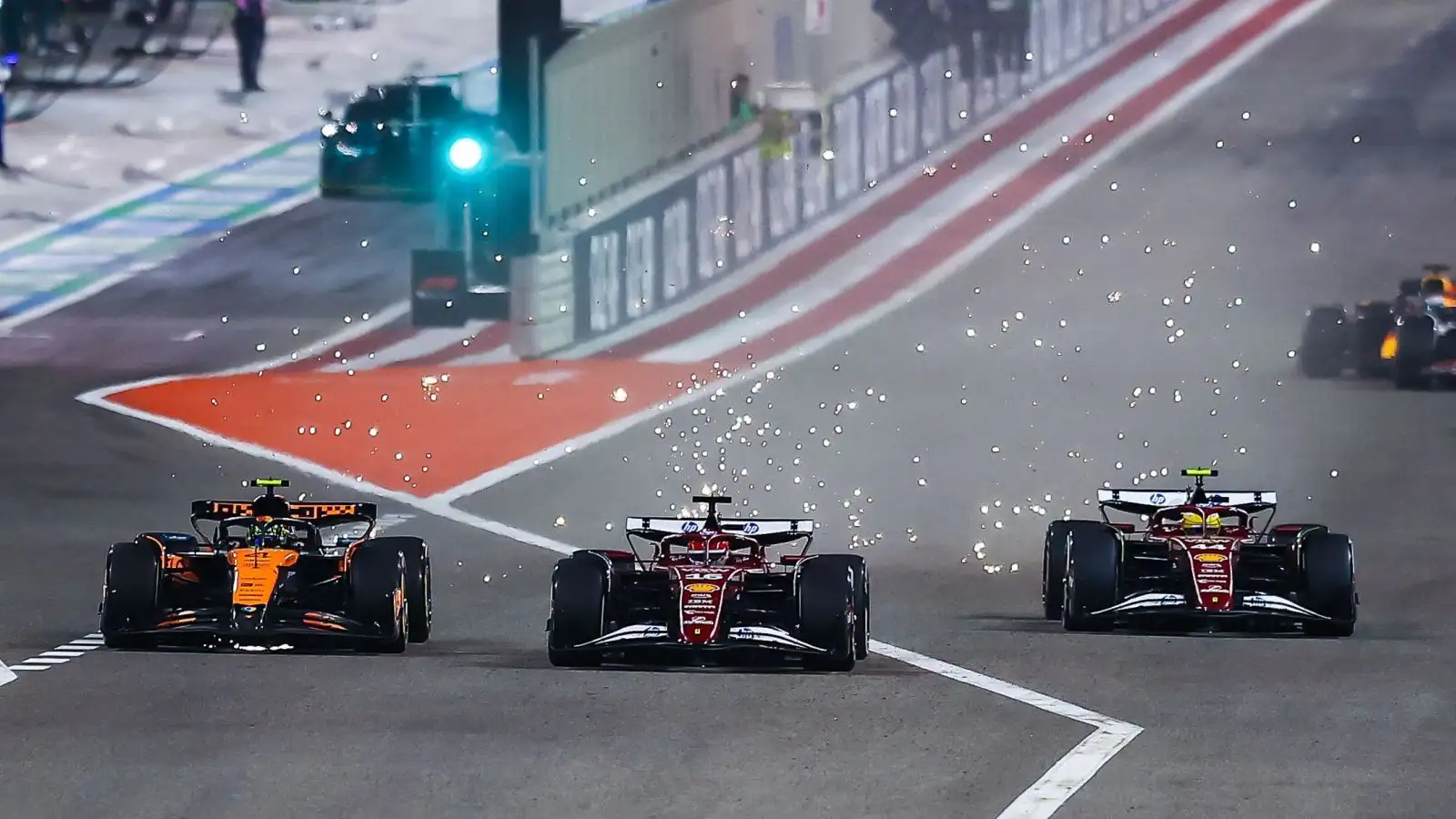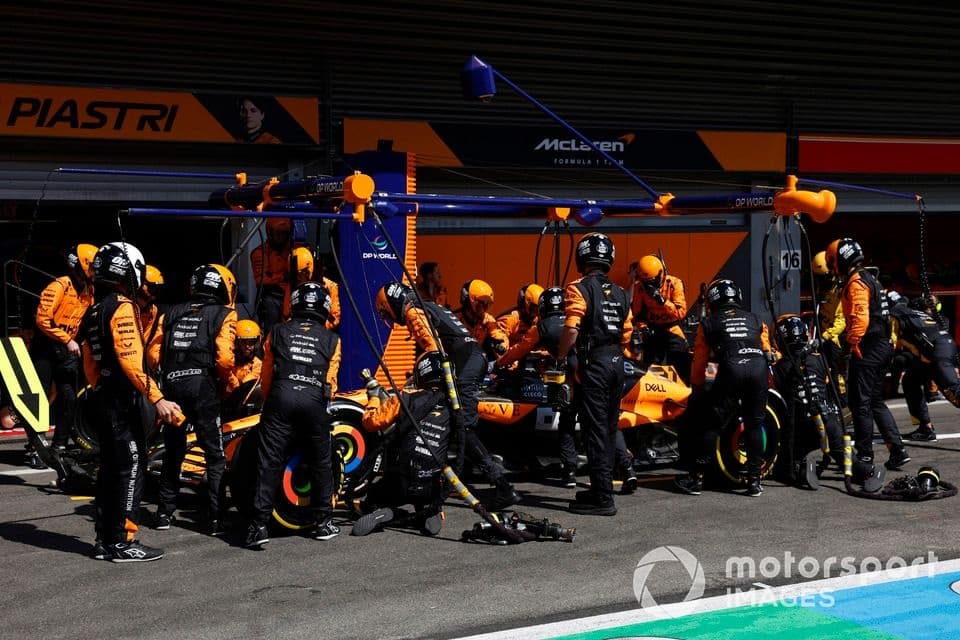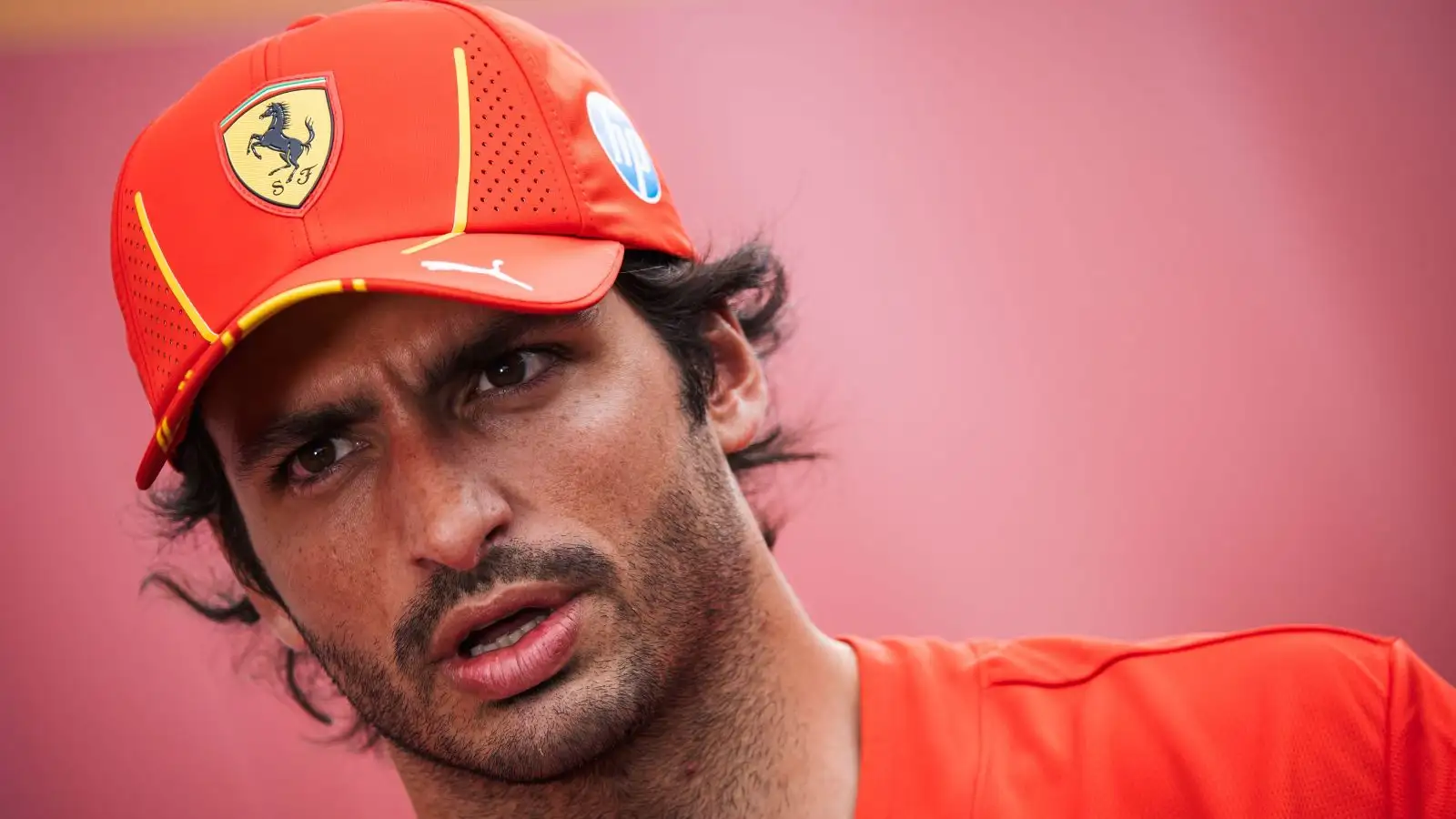Red Bull’s technical director, Pierre Waché, has pulled back the curtain on the challenges faced with the RB20, their latest Formula 1 car, despite it being a notable upgrade from the RB19. However, the RB20 hasn’t lived up to its predecessor’s dominance, prompting an in-depth look into what’s happening under the hood.
Last season, Red Bull’s RB19 set the track ablaze, winning all but one race in 2023. As Red Bull rolled out the RB20, expectations were high for another round of victories. But as the season unfolded, it became clear that while the RB20 was faster, it struggled to clinch wins. The car’s performance could not match the advancements made by competitors like McLaren and Mercedes, putting Red Bull in a tight spot.
Pierre Waché, in an interview with PlanetF1.com, explained the significant shift in the car’s concept over the winter. He candidly stated, “We pushed the boundary a little bit high, and, in some areas, maybe too much, and that has created some characteristics that are not designed for the driver.” Both Max Verstappen and Sergio Perez have reported issues with understeer, affecting the car’s balance and, consequently, their performance on the grid.
Despite these challenges, Waché emphasized that the RB20 is indeed an improvement over the RB19. Yet, he acknowledged that rival teams have simply outpaced them in developing their cars. The RB19 was a game-changer, but sticking with its platform wasn’t an option, especially as teams like McLaren had made huge strides in performance.
Red Bull’s decision to rethink the car’s design was partly driven by a desire to avoid being copied by rivals, resulting in a revolutionary step rather than an evolutionary one. This move, however, led to some growing pains. “I think, when you see the delta pace between last year and this year… it’s massive,” Waché noted, expressing the importance of their concept change in maintaining competitiveness.
Complicating matters, Red Bull faced restrictions in aerodynamic testing due to winning the Constructors’ Championship, which reduced their wind tunnel testing time. This placed them at a disadvantage compared to other teams with more development leeway. “When you want to make a step of performance, it is easier to find performance with less time than others on the aero side by changing the concept,” Waché remarked, reflecting on the strategic risk they took.
As the season progresses, Red Bull remains intent on fine-tuning the RB20 to better suit its drivers. The goal is to harness the car’s potential fully and ensure it can contend until the season’s end. With 10 races left, Red Bull is still in the lead but faces intense pressure from McLaren’s advancements.
Looking ahead, Waché outlined plans to continue evolving the RB20 into 2025, with more significant changes expected once next year’s concept is in place. The team’s strategy is to pursue excellence through innovation, aiming to maintain their winning edge in an increasingly competitive field.
Red Bull’s journey with the RB20 highlights the complexities of staying at the forefront in a rapidly evolving sport. Despite the setbacks, the team remains committed to innovation and adaptation, keen on turning challenges into opportunities for future success.
